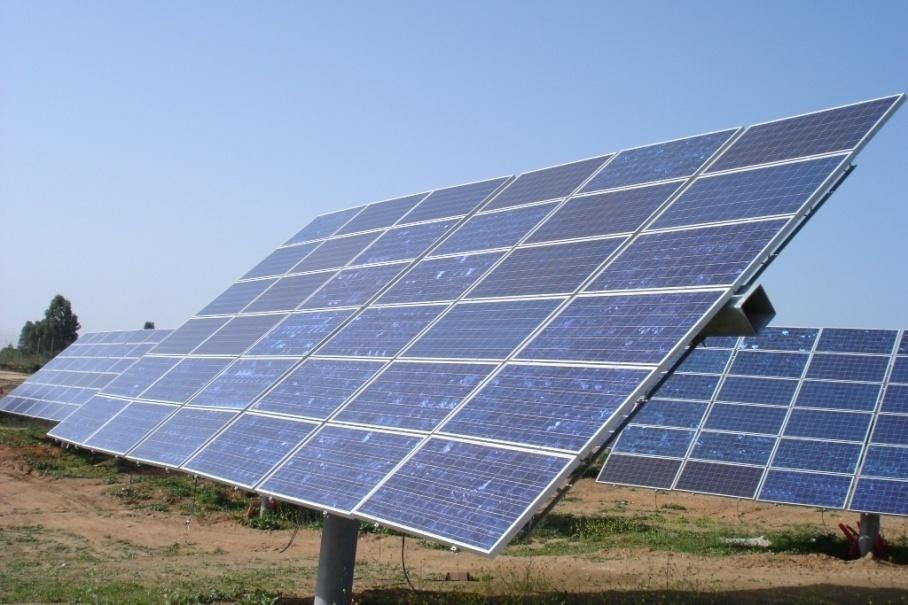
Addressing climate goals in construction is crucial as buildings account for significant global energy use and greenhouse gas emissions. By adopting green practices, the sector can reduce carbon footprints, conserve resources and improve indoor air quality.
In emerging markets, embracing green practices stimulates economic growth by creating new job opportunities, reducing energy costs and enhancing community resilience to climate impacts. This dual benefit of sustainability and economic development makes it pivotal for advancing environmental and socio-economic goals in these regions.
Overview of Green Construction Practices
Green construction focuses on creating environmentally responsible and resource-efficient buildings throughout their lifecycle. Fundamental principles include minimizing energy consumption, reducing water usage, using sustainable materials and improving indoor environmental quality.
Many home builders in this practice strive to minimize waste by recycling materials and using prefabricated components in at least half of their projects. Green building materials include recycled steel, bamboo, reclaimed wood and low-impact insulation materials like cellulose or sheep’s wool.
Technologies such as solar panels for energy generation, passive solar heating and cooling systems and smart building management systems are also integral to green construction. These practices reduce environmental impact and may contribute to long-term cost savings and healthier living environments for occupants.
Benefits of Green Construction in Emerging Markets
Proper policies and regulations across construction value chains unlock significant private investments in greener buildings and materials, potentially reaching $1.5 trillion over the next decade. By incentivizing these investments, governments can drive innovation in green technologies and materials and accelerate the transition to a low-carbon economy.
This endeavor reduces buildings' carbon footprint and enhances energy efficiency, leading to substantial cost savings over time. Moreover, green buildings improve indoor environmental quality by promoting better air circulation, natural lighting and nontoxic materials.
Investing in reliable equipment — such as advanced dozers and other machinery — streamlines processes and enhances safety on-site. Modern equipment minimizes strenuous work and decreases the potential for injury and accidents. It also increases efficiency by reducing construction time.
These benefits contribute to a safer working environment for construction workers while ensuring projects adhere to stringent environmental and safety standards. By integrating these technologies with green practices, stakeholders can achieve sustainable development goals and balance economic growth with environmental stewardship for future generations.
Economic Opportunities in Green Construction
Sustainable infrastructure investments can significantly increase job creation and economic growth in emerging markets. As of 2023, the construction industry employed approximately 8 million individuals annually, highlighting its role as a significant contributor to employment in these regions.
Promoting sustainable practices and infrastructure projects lets governments and private investors boost job opportunities across various skill levels, from construction workers to engineers specializing in green technologies. These opportunities enhance local economies and foster skills development and innovation within the workforce, positioning emerging markets competitively in the global green economy.
Investment opportunities in this sector are abundant. They often offer attractive returns while addressing critical environmental and social challenges. From renewable energy projects to green building developments, investing in ethical infrastructure supports long-term sustainability goals while meeting growing infrastructure demands.
Institutional investors, private equity firms and development banks increasingly allocate funds toward projects incorporating green technologies and practices. These organizations recognize this practice's financial viability and positive impact on communities.
By channeling investments into sustainable infrastructure, stakeholders can drive economic growth, improve public health through cleaner environments and mitigate climate change impacts. This support creates a more resilient and prosperous future for emerging markets globally.
Challenges and Barriers
Regulatory hurdles and policy gaps present challenges for the widespread adoption of green building practices. In many regions, inconsistent regulations and a lack of clear guidelines on green construction standards can deter developers from investing in sustainable projects.
Policy gaps often result in uncertainty regarding incentives and enforcement mechanisms for green building certifications. Addressing these hurdles requires governments to streamline regulations, establish robust frameworks for green building codes and provide financial incentives to encourage developers to adopt these practices.
Cost implications and financing challenges also pose significant barriers to the widespread adoption of green buildings. The long-term benefits of energy savings and reduced operational costs for green buildings can be approximately $10 to $30 per square meter higher than conventional buildings. This cost differential can discourage developers from prioritizing long-term sustainability benefits over immediate financial returns.
Securing financing for green building projects may be challenging due to perceived risks and unfamiliarity with green technologies among traditional lenders. Overcoming these challenges involves developing innovative financing mechanisms. Green bonds and loans tailored to ethical structures can attract capital investment and facilitate the transition to a low-carbon built environment.
Role of International Collaboration and Policies
Global partnerships advance green construction practices worldwide. Collaborative efforts among governments, international organizations and the private sector are essential for sharing knowledge, expertise and resources to promote eco-friendly practices.
For instance, the United Nations’ sustainable development goals (SDGs) emphasize the importance of equitable, high-quality urban and regional infrastructure. They aim to foster economic development, enhance human welfare and promote cleaner operations.
Integrating green construction principles into urban planning and infrastructure development can achieve multiple SDGs simultaneously. This includes those related to climate action, sustainable cities and communities and responsible consumption and production.
International agreements and initiatives further support these goals by encouraging cooperation and setting collective targets for sustainable development. For example, the Paris Agreement on climate change motivates nations to reduce greenhouse gas emissions through green practices in various sectors.
Organizations like the World Green Building Council (WGBC) advocate for policies and certifications globally, encouraging stakeholders to commit to higher environmental standards and resilient building practices. These collaborative efforts demonstrate the global community’s dedication to addressing environmental challenges through ethical practices.
Supporting Sustainable Construction Initiatives
Stakeholders must take action by supporting and investing in sustainable construction initiatives to drive positive environmental and economic outcomes. By committing to green building practices and investing in innovative technologies, stakeholders can contribute to building resilient communities, reducing carbon emissions and creating eco-friendly infrastructure for future generations.

